Broad Peak’s appeal extends far beyond the realm of mountaineering. The surrounding region of Gilgit-Baltistan, nicknamed the “roof of the world,” offers a multitude of experiences for visitors seeking adventure, cultural immersion, and breathtaking natural beauty.
A Trekker’s Paradise
Gilgit-Baltistan boasts a network of well-established trekking routes catering to various difficulty levels. For those seeking a less strenuous alternative to the Baltoro Glacier Trek, options like the Concordia Trek or the K2 Base Camp Trek offer stunning scenery and a chance to witness the majesty of the Karakoram from a closer perspective. These treks take hikers through valleys adorned with vibrant wildflowers, past glacial moraines sculpted by time, and charming villages nestled amidst the mountains. The treks culminate in breathtaking views of Broad Peak alongside other giants of the Karakoram, creating a postcard-perfect scene etched forever in memory.
A Journey Through Time
Gilgit-Baltistan boasts a rich history dating back centuries. Trekkers can explore historical sites like Altit Fort and Khaplu Fort, remnants of a time when these ancient structures served as centers of power and trade. Rock carvings scattered throughout the region offer glimpses into the lives of those who inhabited these mountains long ago. Exploring these historical sites allows visitors to travel back in time and gain insights into the region’s fascinating past.
A Haven for Wildlife Enthusiasts
The mountains of Gilgit-Baltistan are home to a diverse range of wildlife. Keen-eyed explorers might spot elusive snow leopards, majestic golden eagles soaring through the clear skies, or playful marmots basking on rocks. The region is also home to the endangered Marco Polo sheep, with their impressive horns and thick coats adapted to the harsh environment. Responsible wildlife viewing practices are crucial, maintaining a safe distance and avoiding disturbing the animals’ habitat.
A Cultural Tapestry
Gilgit-Baltistan is a melting pot of cultures, with each ethnic group adding its own unique thread to the rich tapestry of the region. Trekkers can encounter the warm hospitality of the Wakhi people, known for their traditional clothing and agricultural way of life. The Ismaili communities, with their strong cultural identity and focus on education, offer another glimpse into the region’s diversity. The Balti people, renowned for their resilience and deep connection to the mountains, have inhabited these lands for generations, their traditions and customs woven into the very fabric of the region. Visiting historical mosques and traditional villages allows visitors to delve into the region’s rich past and vibrant present.
A Photographer’s Playground
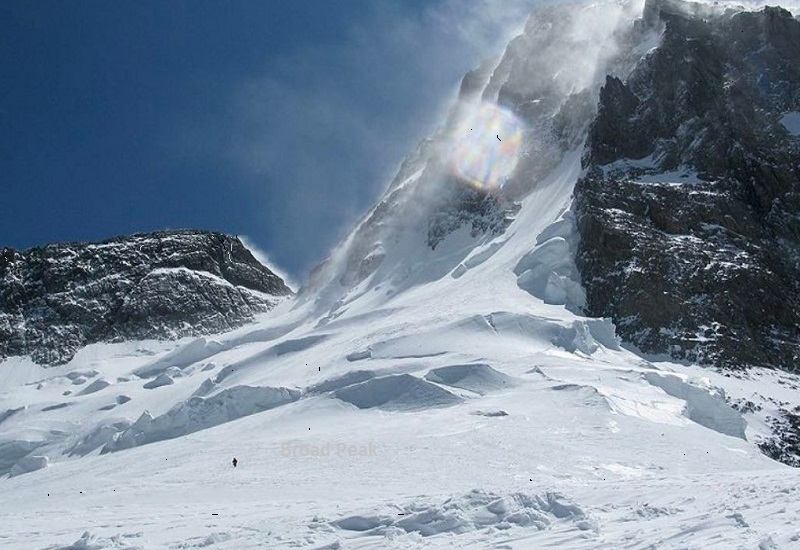
The dramatic landscapes of Gilgit-Baltistan provide endless opportunities for photographers. From capturing the towering peaks of Broad Peak bathed in golden sunlight to documenting the vibrant culture of the local people, the region offers a visual feast for shutterbugs. The clear mountain air ensures stunning clarity in photographs, allowing visitors to capture the essence of this magical place. Photographers can experiment with capturing the vastness of Broad Peak’s summit, the intricate details of glacial formations, or the vibrant colors of wildflowers blooming in the valleys – each frame a testament to the region’s breathtaking beauty.
A Journey for All
Whether you’re a seasoned mountaineer seeking to conquer Broad Peak, a passionate trekker yearning for breathtaking vistas, a curious traveler interested in cultural immersion, or a wildlife enthusiast hoping to spot elusive creatures, Gilgit-Baltistan has something to offer everyone. With its diverse landscapes, rich history, and warm hospitality, this region promises an unforgettable adventure that will leave a lasting impression. So, plan your trip to Gilgit-Baltistan, embrace the spirit of adventure, and discover the wonders that lie beyond the summit of Broad Peak.
Beyond the Adventure: Responsible Tourism in Gilgit-Baltistan
As the popularity of Broad Peak and Gilgit-Baltistan continues to grow, responsible tourism practices become paramount. Visitors have a collective responsibility to minimize their impact on the region’s fragile ecosystem and unique cultural heritage.
- Respect the Environment: Practice Leave No Trace principles by packing out all waste, minimizing campfires, and respecting wildlife. Dispose of waste properly in designated areas or carry it back to a lower altitude for proper disposal.
- Support Local Communities: Opt for locally-owned guesthouses and homestays to inject revenue into the local economy. Purchasing souvenirs and handicrafts directly from artisans helps preserve cultural traditions and supports their livelihoods. Being mindful of water usage and energy consumption while on treks or expeditions also contributes to the region’s sustainability.
- Cultural Sensitivity: Dress modestly, especially when visiting religious sites. Be respectful of local customs and traditions. Avoid taking photographs of people without their permission. Learning a few basic greetings Venturing into Gilgit-Baltistan is not just about experiencing the majesty of Broad Peak; it’s also about immersing yourself in the rich cultural tapestry of the region. Here are some key aspects of cultural sensitivity to keep in mind for a respectful and enriching visit:
-
Dress Modestly: Gilgit-Baltistan is a conservative region. When visiting villages and religious sites, both men and women should dress modestly. For women, this means covering shoulders and knees. Opt for loose-fitting clothing that respects local customs.
-
Respectful Conduct: Be mindful of your behavior when interacting with locals. Avoid loud noises and public displays of affection. When entering a mosque or shrine, remove your shoes and dress modestly. Always ask permission before taking photographs of people, especially women and religious figures.
-
A Warm Greeting: Learning a few basic greetings in the local language, such as “Salam Alaikum” (peace be upon you) in Urdu, goes a long way in showing respect and fostering positive interactions with locals. A simple smile and a friendly hello can break the ice and open doors to cultural exchange.
-
Embrace the Pace: Life in Gilgit-Baltistan moves at a slower pace than in many Western countries. Be patient when interacting with locals and avoid rushing them. Embrace the opportunity to slow down, appreciate the moment, and enjoy the simple pleasures of the region.
-
Mindful Bargaining: Bargaining is a common practice in local markets. However, be respectful and avoid being overly aggressive. Remember, the handcrafted souvenirs represent the livelihood of local artisans. Offer a fair price and appreciate the time and skill invested in their creations.
-
Gift-Giving: If you are invited to a local home, bringing a small gift is a thoughtful gesture. Simple items like sweets, fruits, or local handicrafts are always appreciated. However, avoid bringing anything offensive to religious beliefs.
By following these guidelines, you can ensure a respectful and enriching experience for both yourself and the local communities you encounter in Gilgit-Baltistan. Remember, responsible tourism is about more than just minimizing environmental impact; it’s about fostering cultural understanding and building bridges with the people who call this magnificent region home.
-

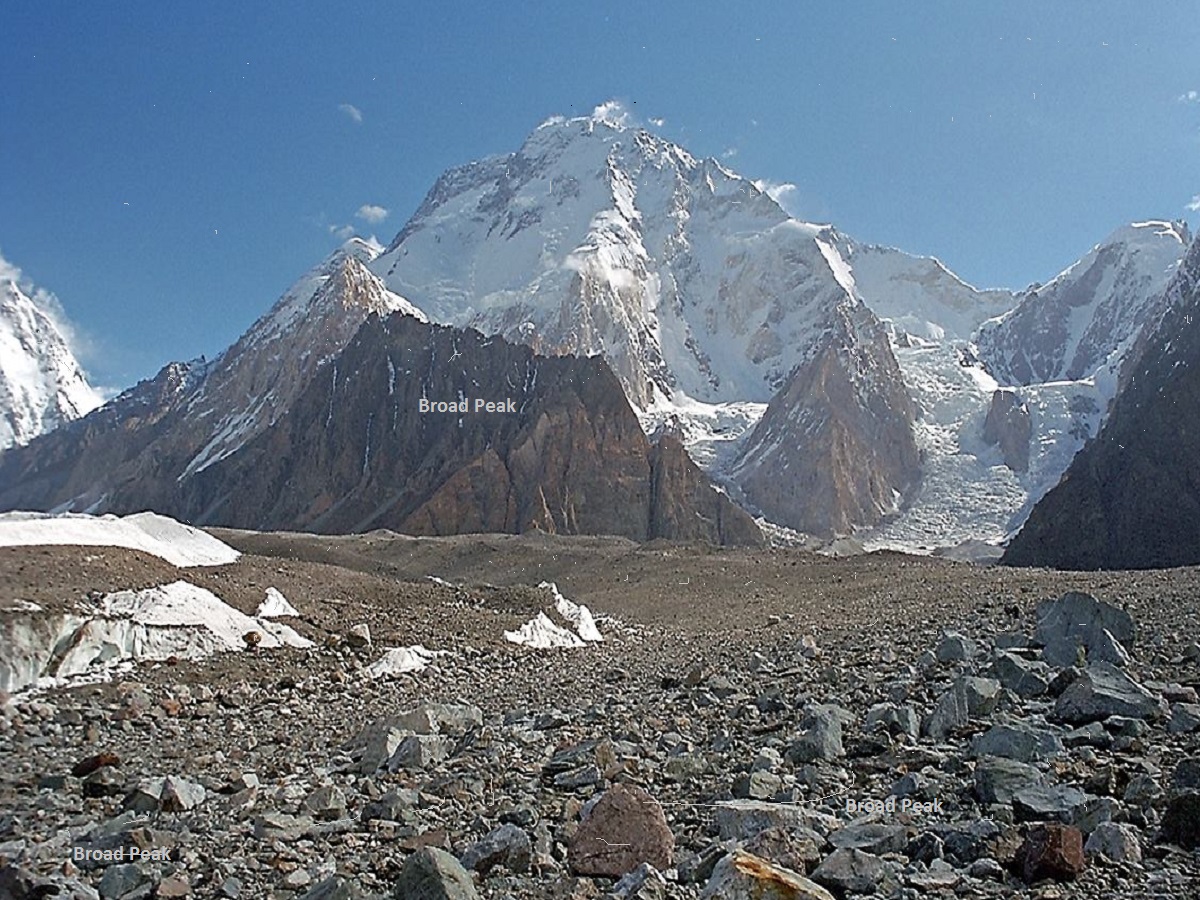
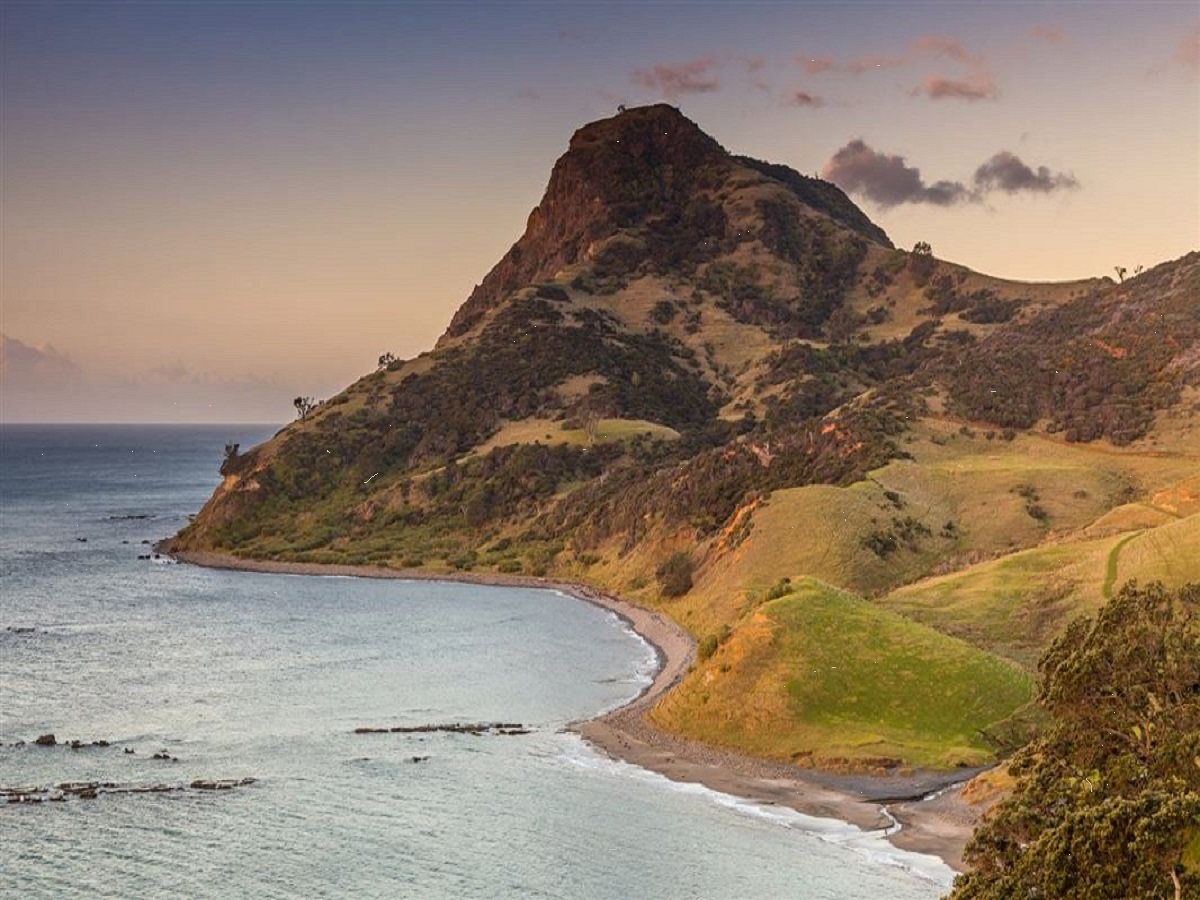
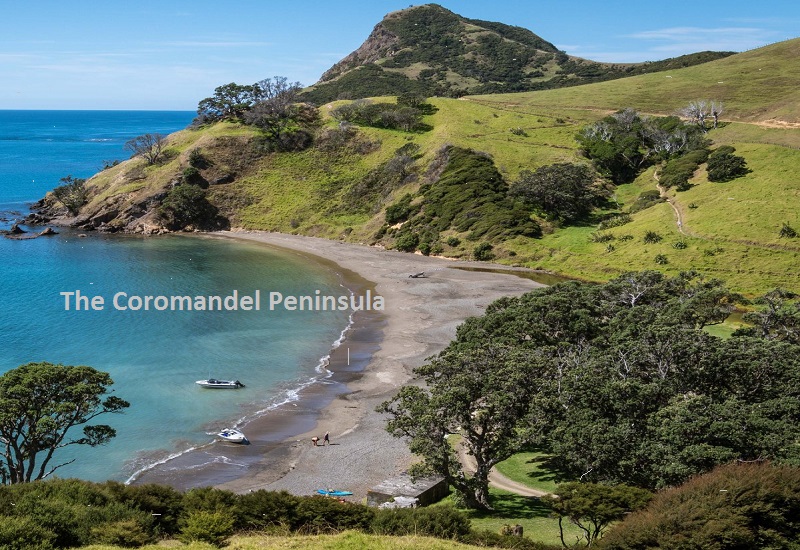
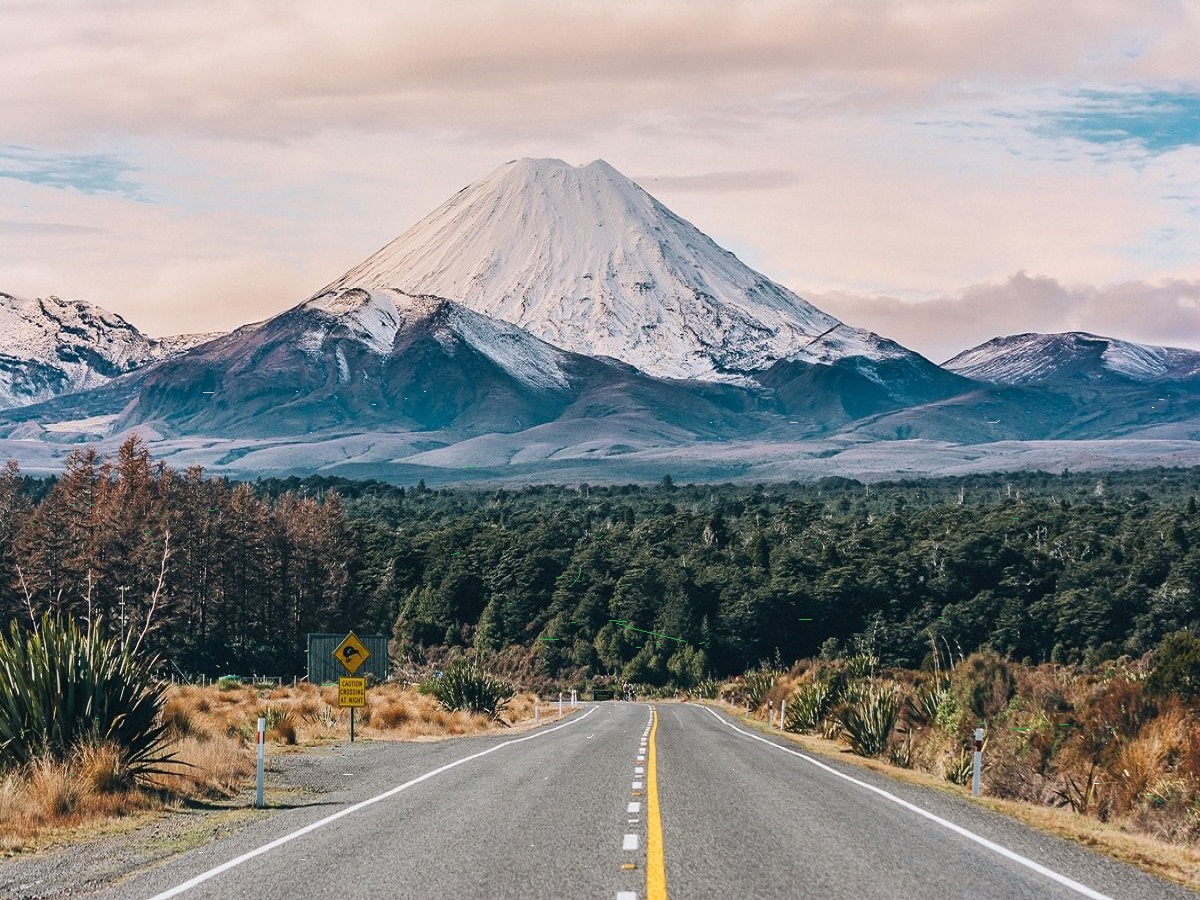
Leave a Reply